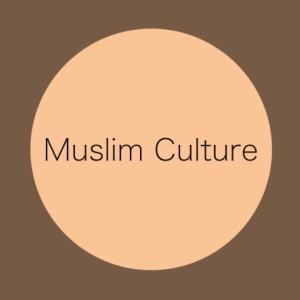An art installation by Emily Jacir, titled ‘Memorial to 418 Palestinian Villages which were destroyed, depopulated, and occupied by Israel in 1948′. A refugee tent embroidered with the names of the 418 Palestinian villages.
The tragedy of the Nakba is a continuous cause of distress, sadness, and frustration. And so, I wanted to share the voices of a collection of talented Palestinian artists here, because the resultant sense of displacement and alienation is a sentiment so many of us can understand. Here are a few responses to the predicament of the exile.
Another Road in the Road by Mahmoud Darwish
There is yet another road in the road, another chance for migration.
To cross over we will throw many roses in the river.
No widow wants to return to us, there we have to go, north of the
neighing horses.
Have yet we forgotten something, both simple and worthy of our new ideas?
W hen you talk about yesterday, friend, I see my face reflected in the song
of doves.
I touch the dove’s ring and hear flute-song in the abandoned fig tree.
My longing weeps for everything. My longing shoots back at me, to kill or
be killed.
Yet there is another road in the road, and on and on. So where are the
questions taking me?
I am from here, I am from there, yet am neither here nor there.
I will have to throw many roses before I reach a rose in Galilee.
From Unfortunately, It Was Paradise, (2003)
Reflections on Exile by Edward Said
‘EXILE IS STRANGELY compelling to think about but terrible to experience. It is the unhealable rift forced between a human being and a native place, between the self and its true home: its essential sadness can never be surmounted. And while it is true that literature and history contain heroic, romantic, glorious, even triumphant episodes in an exile’s life, these are no more than efforts meant to overcome the crippling sorrow of estrangement. The achievements of exile are permanently undermined by the loss of something left behind forever.’
Almond – by Hussein Barghouthi
We arrived to break some songs, like an almond,
and search in them for doves.
We found little stone soldiers
residing in utterance.
These are just a few, well known authors and poets and I hope to add more in the coming weeks, including poets who prefer to write about more personal expressions. You can read about this here: https://lithub.com/in-palestinian-poetry-the-long-transition-from-political-to-personal/



One thought on “Art and Poetry for Palestinian History”